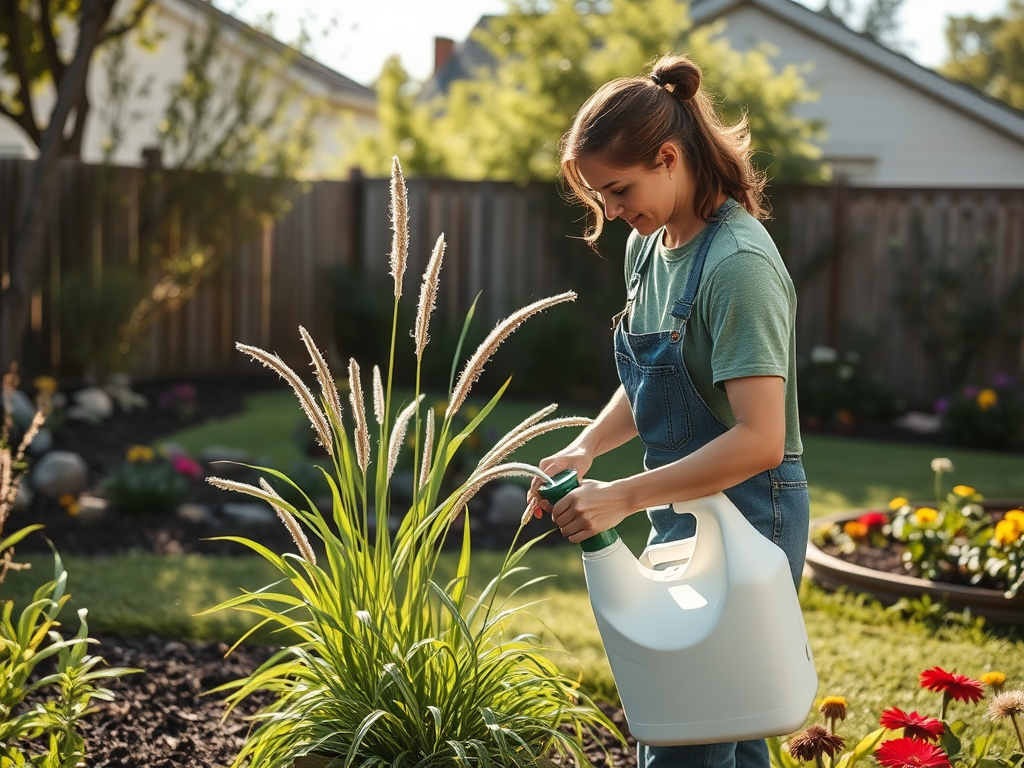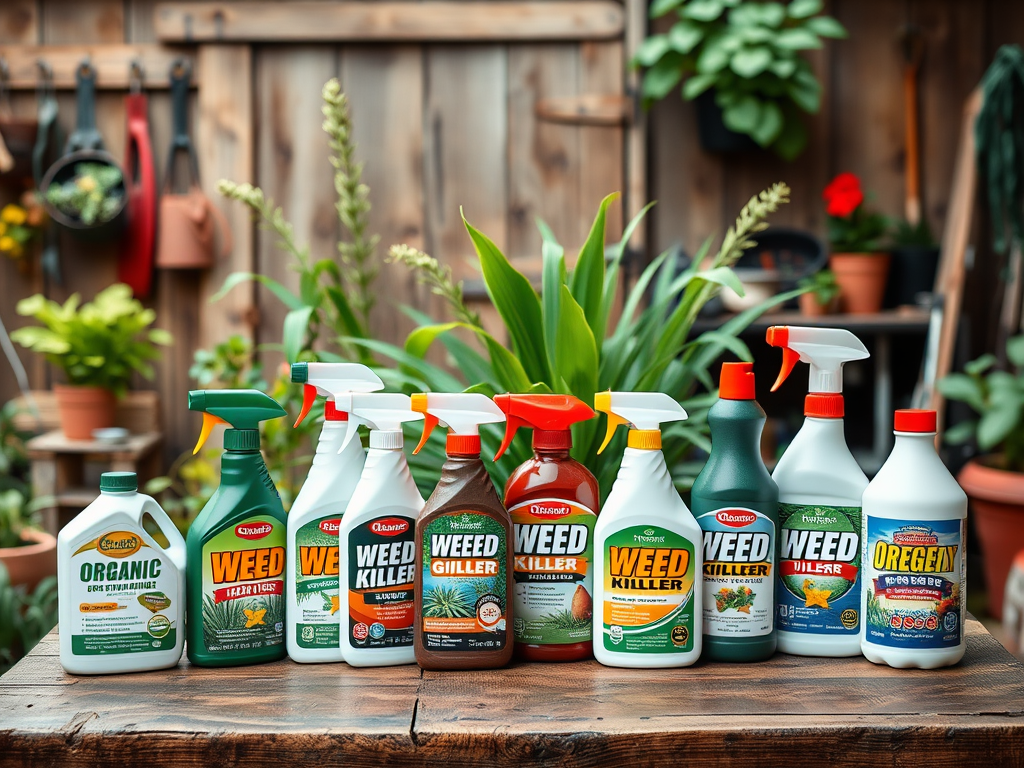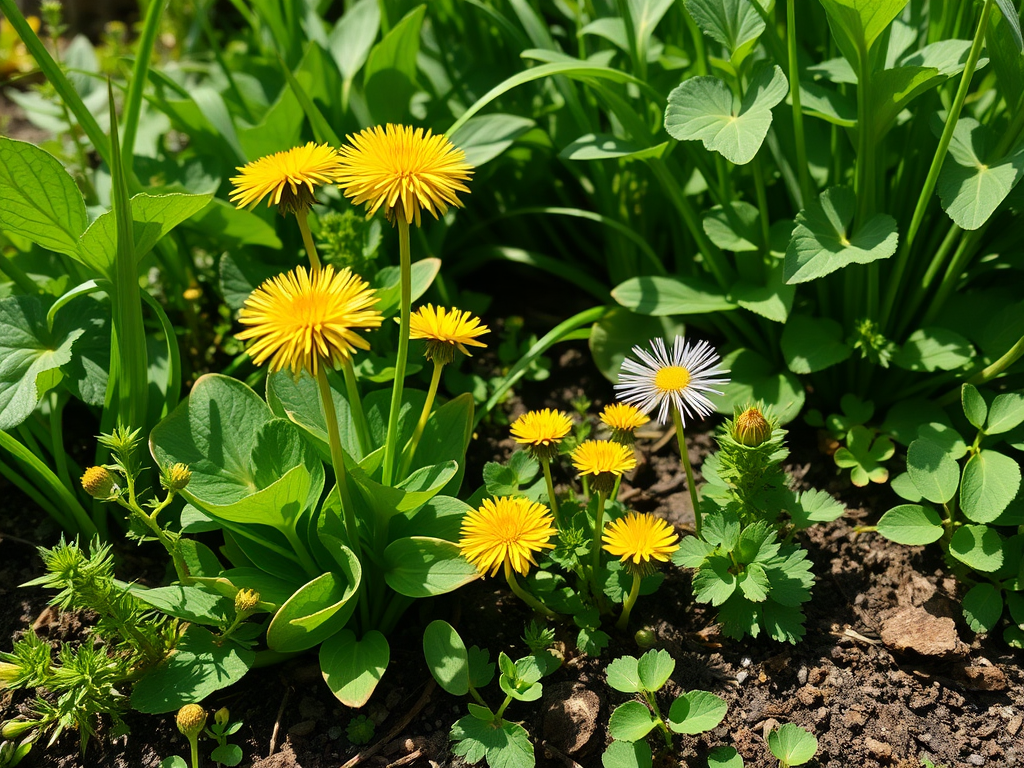Weeds can be a gardener’s worst nightmare. They invade seedlings, steal nutrients, and can even alter the delicate balance of your garden’s ecosystem. Selecting the right weed killer involves knowing your enemy—identifying the specific types of weeds plaguing your space is essential to effective treatment. By understanding the varieties of weeds and the corresponding solutions available, you can maintain a lush and vibrant garden. This comprehensive guide will walk you through identifying common weeds, understanding your options for weed control, and choosing the best products suited for your personal needs. Let’s dig deeper into this essential gardening challenge!
Understanding Weeds

Weeds are generally defined as unwanted plants that compete with cultivated plants for sunlight, nutrients, and space. Though some may argue that every plant has its purpose, in the context of personal gardens, weeds often threaten the health and aesthetics of more desirable flora. Weeds can harbor pests and diseases that affect your plants and even contribute to soil depletion. Controlling them isn’t just about aesthetics; it’s crucial for the overall health of your garden. When left unchecked, weeds can multiply and create an overwhelming task for gardeners. Recognizing their characteristics early on can lead to quicker, more efficient interventions.
Common Types of Weeds

Familiarizing yourself with the most common types of weeds can significantly ease the process of weed management. Here’s a look at some types you may encounter in your garden:
- Dandelions: Easily recognizable by their bright yellow flowers and deep taproots.
- Crabgrass: A lawn weed that thrives in warm weather and has a coarse texture.
- Clover: A low-growing weed with three-leaved stems, often seen as a sign of poor lawn health.
- Quackgrass: An aggressive perennial that spreads through creeping underground rhizomes.
- Thistles: Sharp, spiny leaves and fluffy seeds that disperse quickly by wind.
Identifying Weeds
Identifying weeds accurately is essential not only for choosing the right weed killer but also for understanding their growth patterns and life cycles. Start by observing the color, shape, and texture of the leaves. Are they broadleaf or narrow? How do they grow? Seasonal variations, such as flowering times and growth habits, can also provide clues for identification. Many gardening apps and online resources can assist you in naming that pesky invader. Early identification can often lead to easier management—some weeds are more subdued than others, allowing for specific solutions tailored to their needs.
Types of Weed Killers
When it comes to weed control, various options are available in the market, each catering to different weed types. Broadly, these options can be classified into two categories:
- Organic Weed Killers: Made from natural ingredients; generally safer for the environment and pets.
- Chemical Weed Killers: Often more potent and faster-acting but may have harmful side effects.
Furthermore, weed killers can be categorized based on when they are applied:
- Pre-emergent Herbicides: Designed to prevent weed seeds from germinating.
- Post-emergent Herbicides: Used to target active, growing weeds.
Choosing the Best Weed Killer
Choosing the right weed killer can seem overwhelming, but considering several factors can simplify the decision-making process. Think about the types of weeds you are dealing with: Are they broadleaf or grassy? Also, consider the safety of your family and pets; many organic options exist that reduce potential risks. Additionally, look at the ecological impact of your choice—some herbicides can harm beneficial organisms and pollinators. Understanding the environment in which you’re treating weeds will help you avoid unintended consequences. Here is a simple table for quick reference:
| Type of Weed Killer | Best For | Environmental Impact |
|---|---|---|
| Organic | Broadleaf Weeds | Minimal |
| Chemical | Grassy Weeds | Higher |
| Pre-emergent | Preventive | Variable |
| Post-emergent | Active Weeds | Variable |
Recommended Products
The market is brimming with options when it comes to selecting a weed killer. Below are some top-rated products that cater to different needs and preferences:
- Naturally Derived Herbicides: Often composed of acetic acid or clove oil, these are great for small patches.
- Glyphosate-based Solutions: Fast-acting and effective for large infestations but carry caution on safety.
- Selective Herbicides: Target specific types of weeds without harming your desired plants—ideal for lawns.
When evaluating these products, consider factors like efficiency, safety measurements, and cost. Reading customer reviews and product testing results could provide additional insights into what may work best in your garden.
Application Techniques
Applying weed killers effectively is as crucial as selecting the right one. Always follow the manufacturer’s instructions for best results, and consider the timing of your application. For example, applying weed killer during calm weather can reduce the risk of drift to unwanted areas. Consider the life cycle of the weeds you’re targeting; young weeds generally die faster than mature ones. Proper application techniques, such as spot treatment versus blanket application, can also change the dynamics of weed management significantly. Ensuring you’re equipped with the right tools and safety gear will further enhance the effectiveness of your weed control measures.
Conclusion
Maintaining a beautiful and healthy garden often begins with effective weed control. By understanding your common weeds and selecting targeted weed killers, you not only preserve the beauty of your horticultural efforts but also the health of the surrounding ecosystem. As you implement the tricks and tips outlined in this article, remember that diligence is key; regular monitoring and timely interventions will yield the best results. Delve into your gardening pursuits with confidence, knowing that you are well-equipped to tackle those hardy invaders!
Frequently Asked Questions
- What is the best time of year to apply weed killer? The best time is typically during the early spring as weeds begin to germinate.
- Are organic weed killers effective? Yes, many organic weed killers can effectively target specific weeds, though they may require more frequent applications.
- How do I know what type of weed I have? You can identify weeds by their leaf shape, growth habit, and flowering characteristics. Online databases can help with identification.
- Is it safe to use weed killer around pets and children? Some weed killers are formulated as pet-friendly, but always check the label and follow safety instructions.
- Can I make my own weed killer at home? Yes, household items like vinegar and salt can be effective as homemade weed killers for small infestations.


